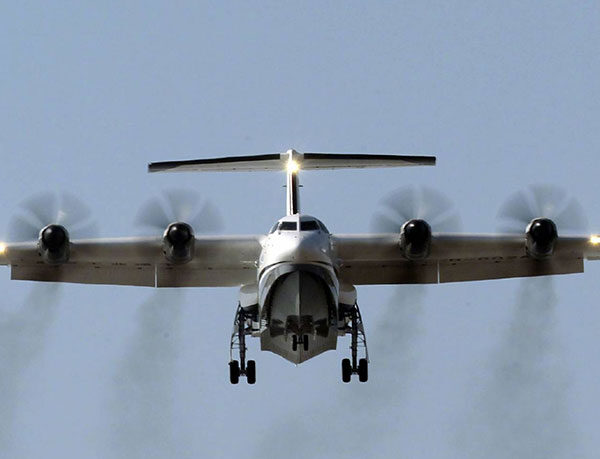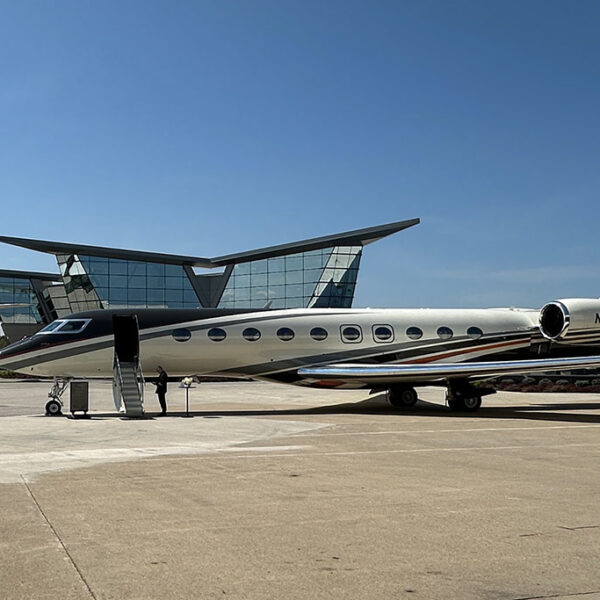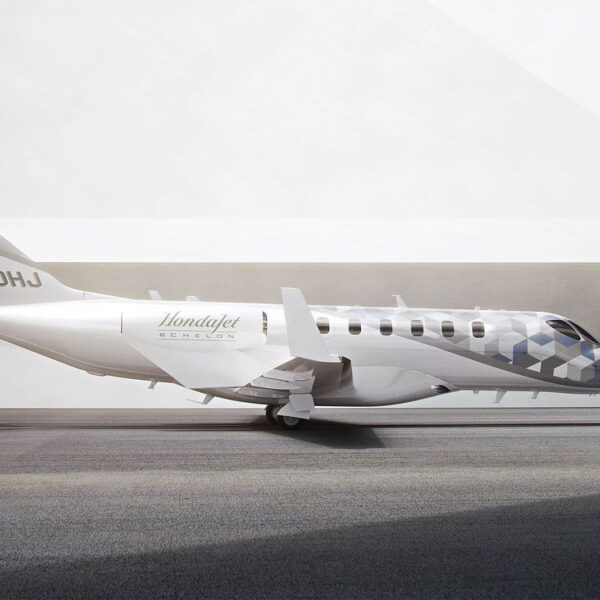Three Tips to Make Your First Trip to EAA AirVenture a Great One
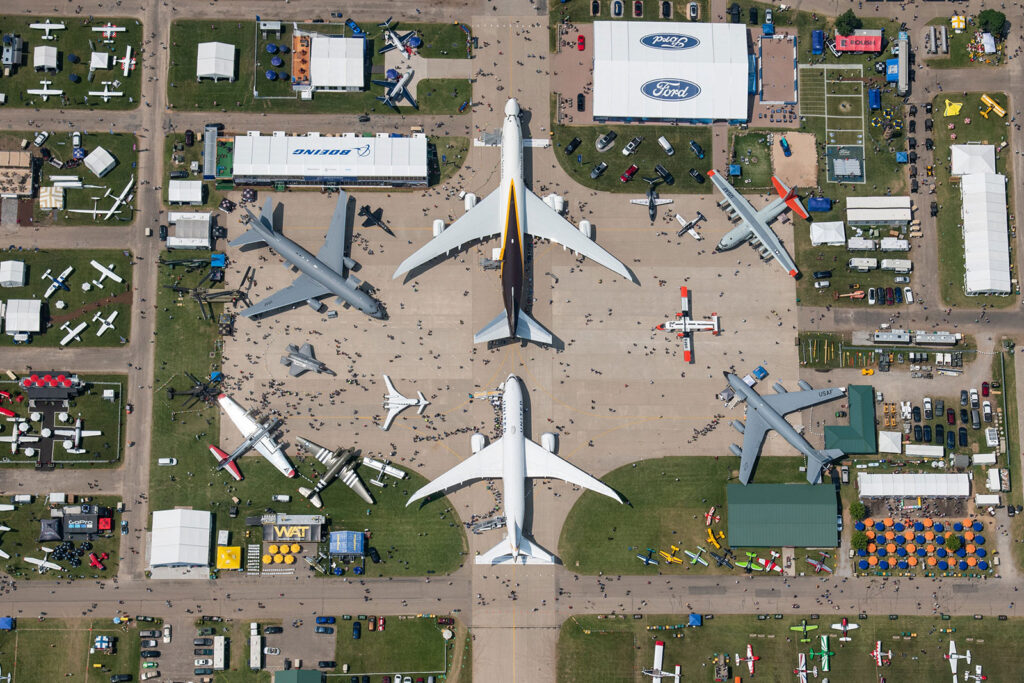
AirVenture is more than just an airshow. Billed as “The World’s Largest Aviation Celebration” by its host, the Experimental Aircraft Association, the event lives up to its name and has served as a hub of the general aviation community since its debut in 1953.
Initially little more than a gathering of a handful of privately-owned aircraft and their owners, the annual fly-in has grown to a major industry event in which some of the latest aircraft and technologies are unveiled. It offers educational seminars, hands-on clinics, press briefings, and informational presentations from governmental and private entities. A daily airshow is held, in which everything from military fighters to WWII-era “warbirds” to aerobatic performers fly displays and demonstrations for the crowd.
To many of the attendees, however, the week-long event serves as an annual reunion of friendship and camaraderie. The atmosphere is one of friendliness and positivity, as seasoned veterans welcome newcomers to aviation just as readily as they would their longtime friends.
Whether you’re an industry professional or a casual observer, the sheer scale is staggering. In 2024, some 686,000 people attended the event. Many camp in travel trailers and recreational vehicles in dedicated campgrounds adjacent to the airport. Over 10,000 aircraft arrived at the airport, and a majority of their occupants opt to camp next to the aircraft, utilizing on-site restaurants and facilities that eliminate the need to leave the airfield.
To make the most out of your first visit, we’ve compiled a list of three key tips that expand upon the EAA’s Insider’s Guide for Rookies:
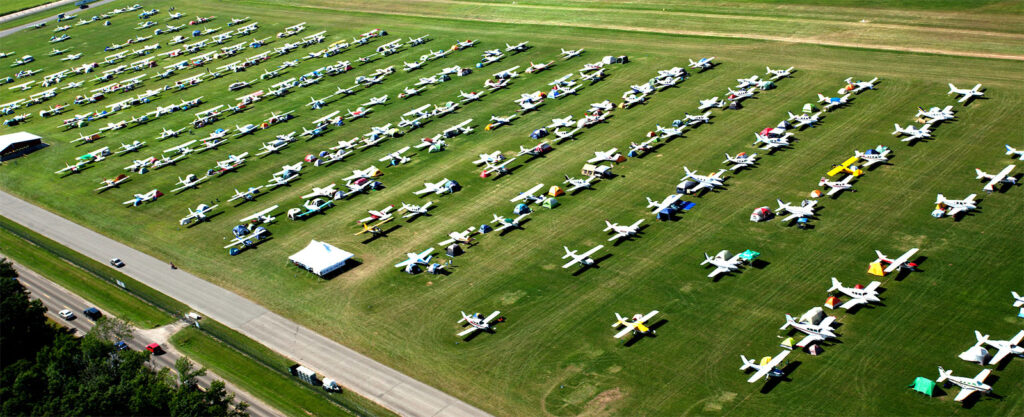
1. Study the event map and form a general game plan
If one were to walk from one end of AirVenture to the other, they would have walked nearly five miles. The show grounds alone, where vintage, experimental, and show planes are parked, extend some two miles from end to end. The takeaway? It pays to study the official event maps.
By learning where the different aircraft segments are located and understanding how the various industry exhibits and food vendors are arranged, visitors can form a rough itinerary that fits their interests and the duration of their visit. For example, day one might involve enjoying the warbirds in the morning and exploring the experimental and homebuilt aircraft in the afternoon, while day two might be spent exploring the exhibit hangars, and day three, wandering through the vintage aircraft areas.
Without such a framework – even a loose one – the event can become sensory overload, and chances are, many items of interest will be missed while wandering aimlessly.
2. Take Care of Yourself
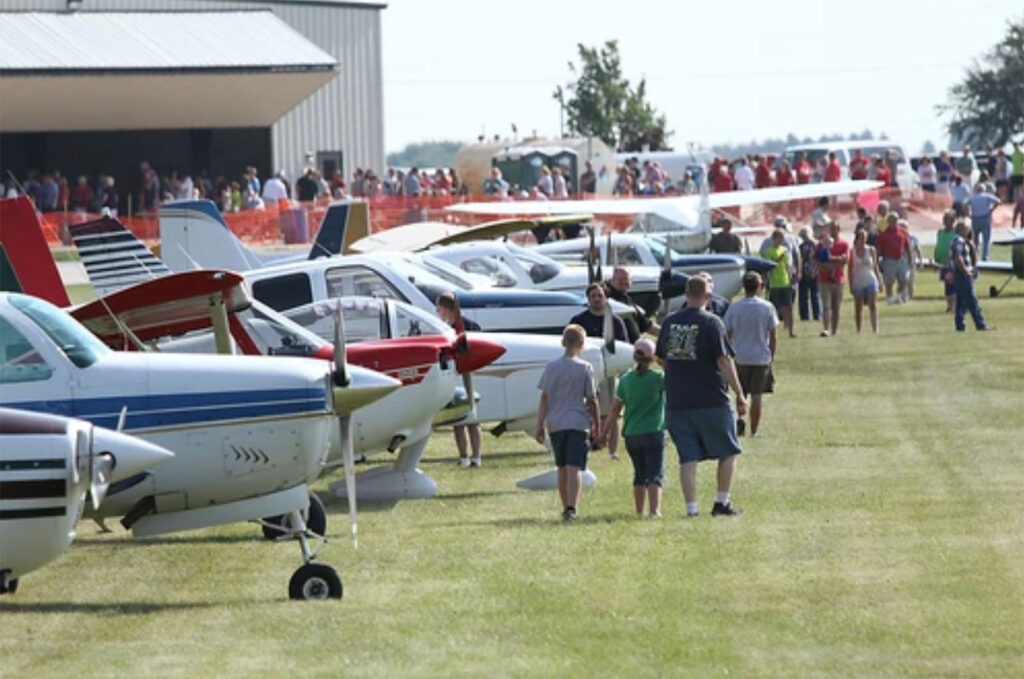
Being outdoors, on foot, in the elements for 12+ hours can be physically demanding. Wisconsin in late July typically experiences temperatures ranging from the low 50s to the upper 90s, often accompanied by extreme humidity. Accordingly, one must plan for and dress for the weather. From lightweight, breathable, light-colored garments to battle the heat to quality rain shells and camping gear for the rain, it pays to monitor the forecast.
Hydration is essential, but it doesn’t mean you have to carry massive quantities of water around. Water fountains are plentiful and scattered across the grounds, so a basic water bottle clipped to a backpack will suffice.
Food is widely available, but much of it takes the form of traditional Wisconsin cuisine – burgers, brats, and cheese curds abound. Opt for salads and more nutritious options when available, and you’ll enjoy greater comfort and higher energy throughout the day.
For early mornings and especially the night fireworks and airshow, insect repellent is also key, as the lack of sun and wind typically brings out the mosquitoes in droves.
Proper footwear is absolutely critical. As wheeled transportation is prohibited (with exceptions for mobility scooters and wheelchairs), showgoers can expect to walk virtually everywhere. Should you need to travel a longer distance from one part of the event to another, be sure to utilize the many shuttles and trams – your feet will thank you.
3. Interact with Owners and Use Care Around the Airplanes
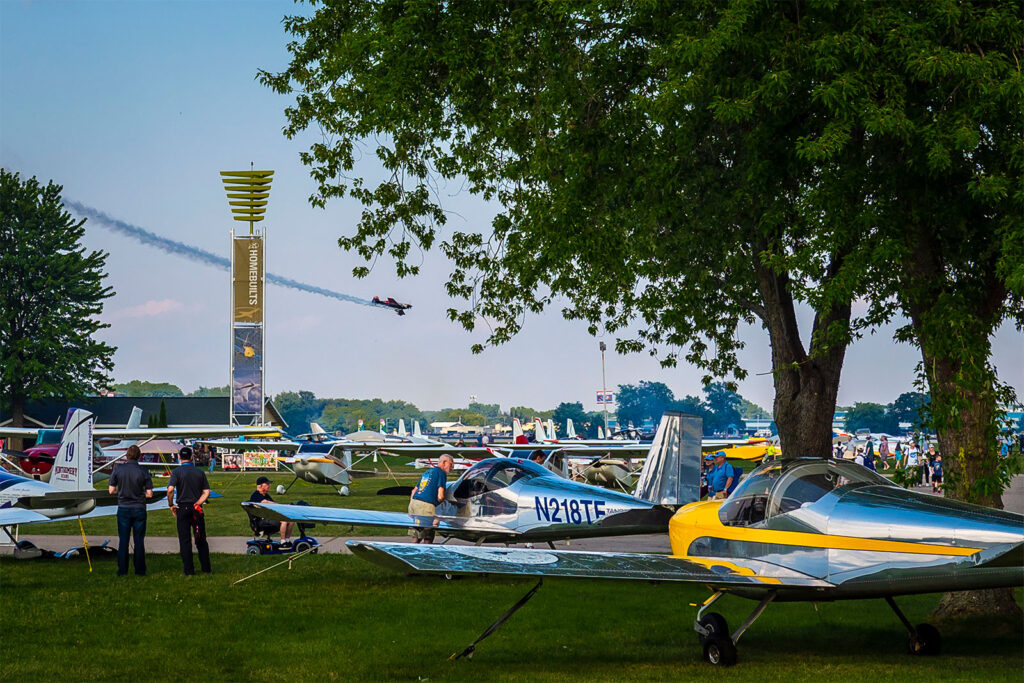
AirVenture is much more than just an airshow or fly-in. It’s a fully interactive museum of aviation history, present, and future. The vast majority of airplanes on display are owned by private individuals who take pride in their airplanes and are enthusiastic about showing them to visitors. That said, there are some considerations to keep in mind.
Rule number one? Look, but don’t touch. This is especially critical for children, whose fingers can become injured by moving control surfaces or sharp edges. Additionally, this helps to protect the airplanes themselves, many of which incorporate relatively delicate fabric coverings and sensors.
With such a sizable army of enthusiastic aviation ambassadors, the environment is ideal for older kids and young adults interested in pursuing aviation as a hobby or career. Outside of AirVenture, many aircraft owners participate in the EAA’s “Young Eagles” program, which provides young enthusiasts with free airplane rides at quieter, less hectic venues.
With some basic planning and preparation, your first AirVenture experience will prove to be enjoyable, memorable, and likely the first of many.


